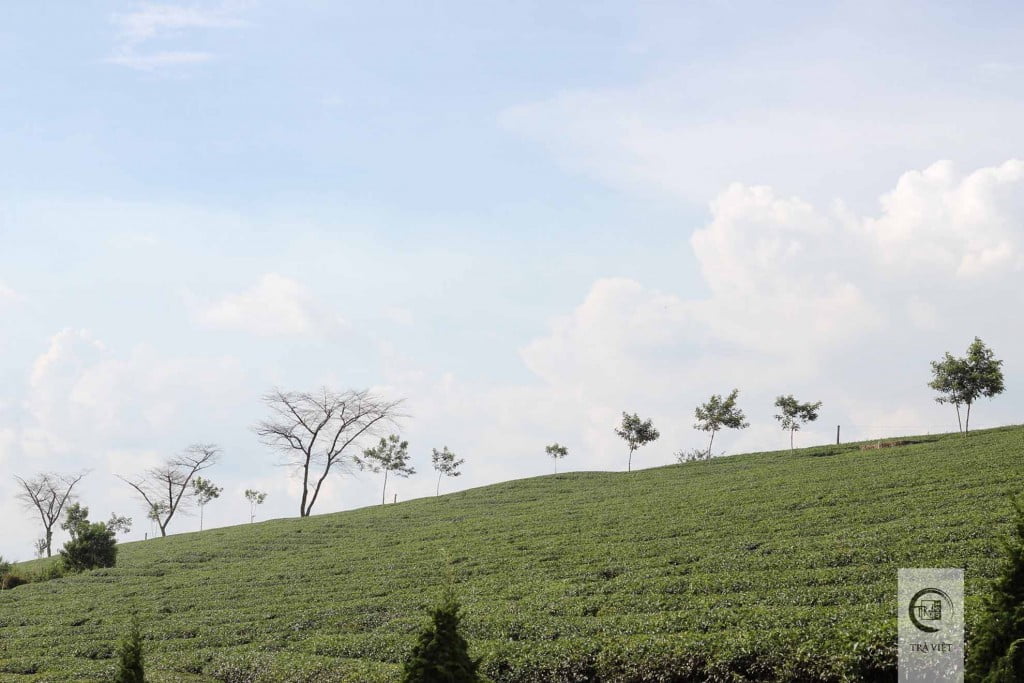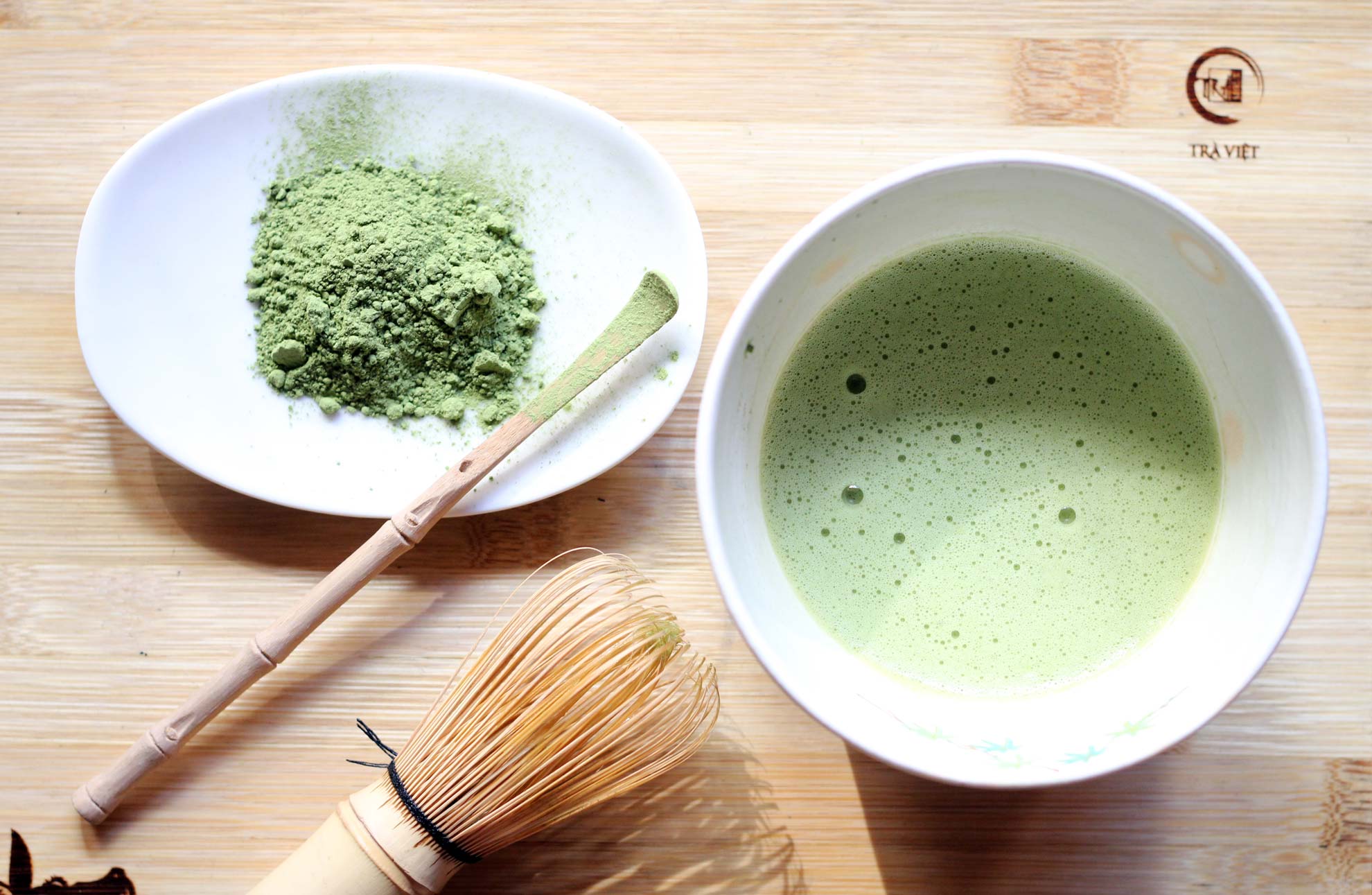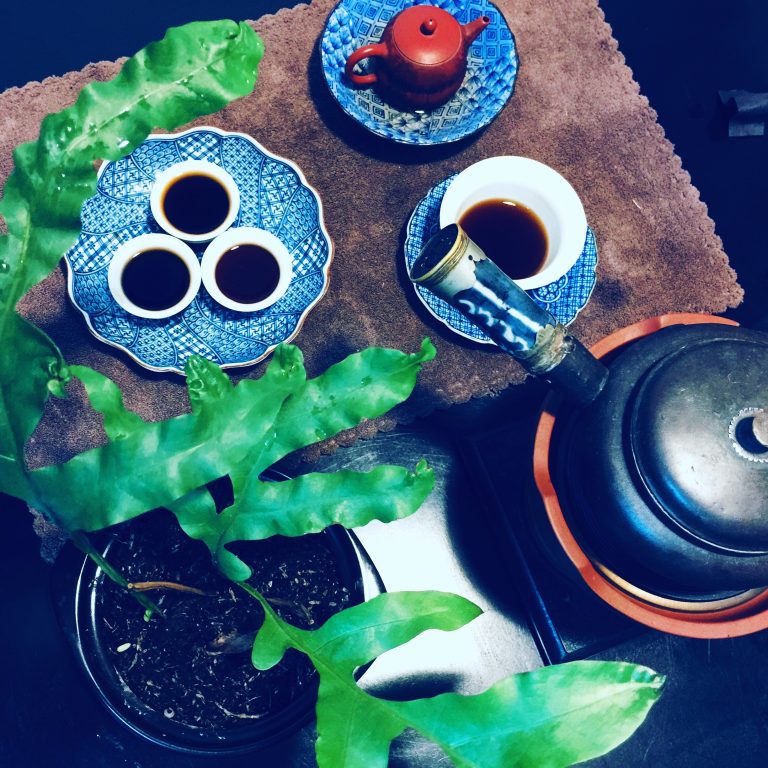The Special Characters Of High Mountain Tea
High Mountain tea (or Gaoshan Oolong tea in Taiwan) is the name given to all semi-oxidized teas, usually to lower levels of oxidation from 12% to 15% and very lightly roasted. They are grown in the high mountain ranges in central in Taiwan, particularly in tea gardens located above 1000m (3300 ft) or more and enjoy a nice thick cloud cover. Because the sun beating down on the tea levels is what makes them have a bitter taste. Therefore the group of High Mountain teas are much sweeter and floral tasting.
Moreover, these teas not just for their great health benefits, blending the virtues of green tea and black tea. The resulting tea is very fleshy, juicy and rich; filled with distinctive and bold floral aromas and flavors. These teas give us the unique tastes that are both relaxing and uplifting at the same time.
However, the steep mountain terrains and small labour-intensive farms mean the harvest is always small. For these reasons to find high-quality high mountain teas are very difficult, especially with the significant increase in demand nowadays.

The Popular High Mountain Teas
High Mountain tea or Gaoshan Oolong tea may vary according to the source, as the terroir may affect each tea in a unique way.
The main mountainous regions are:
- Ali Shan oolong tea/ Ali Mountain: one of the best High Mountain Tea. Made up of buds and leaves of tea bushes that grow at altitudes higher than 1000m. This tea is the result of the unique terrain and climatic conditions of the Ali mountainous region. Thick and juicy leaves are rich in flavor and aromas that brew a wonderful cup of tea, full of healthy minerals, vitamins and antioxidants.
- Ali Shan LuZhu and Shan Ling Xi: tea plantations are located at 1600m in altitude. These forested regions with rainfall the year-round produce teas with a clear taste and very little astringency.
Further, there are two kinds of Gaoshan oolong tea based on the season:
- Spring Gaoshan: takes place in June beginning the harvest year with a vigorous oolong tea after the winter dormancy.
- Winter Gaoshan: begins in late October and ends the harvesting year with the final crop that yields a crisper and lighter tea.


